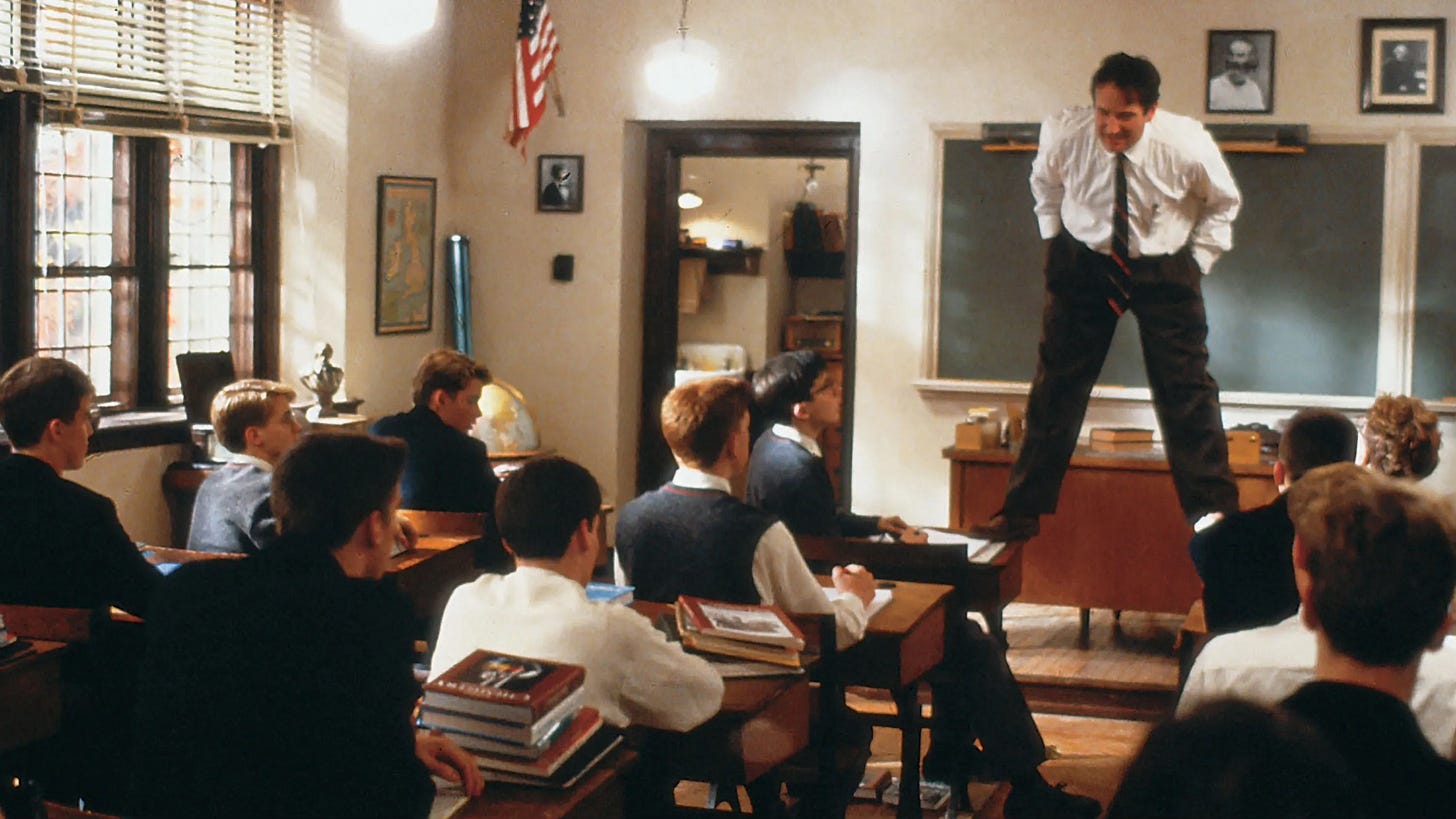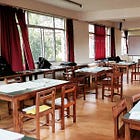Does Your First Impression Matter?
Your students might think so.
How Quickly Do Students Make First Impression:
QUESTION: You walk into a new class full of students. How long do you think it takes for the students to decide whether you are an effective teacher or not?
a. 5 mins
b. 60 seconds
c. 15 seconds
d. 2 seconds
The answer will surprise you.
According to this Harvard University research titled “Half a Minute: Predicting Teacher Evaluations From Thin Slices of Nonverbal Behavior and Physical Attractiveness” published in the Journal of Personality and Social Psychology, all it takes is 2 seconds for students to predict whether you are an effective teacher or not.
Even wild is the fact that they made that first impression based on not what the teachers said or did, but on the teachers’ non-verbal behavior.
A teacher doesn’t even have to say or do anything. And still, based on such a ridiculously brief observation of that teacher’s non-verbal behavior, the students will make up their minds.
Only in an ideal world, no one would judge no one. But we live in a real world. Whether you like it or not, students will judge you based off of your non-verbal behaviors, your appearances, and your personality.
Take care of your non-verbals:
According to the paper mentioned above, here are the six non-verbal qualities that were highly predictive of teacher effectiveness.
Appearing active
Confident
Dominant
Enthusiastic
Likeable
Optimistic
The teachers who were perceived effective were more non-verbally active and expressive. They were more likely to walk around the class, touch their upper torsos, and smile.
In contrast, those perceived less effective teachers were more likely to sit on the chair, touch their heads, and shake rather than nod their heads. As a result, they looked less active or confident or dominant.
So the idea is simple. Smile, walk around, touch your upper torsos, and nod your head. And avoid sitting on the chair or frequently touching your head.
Take it with a grain of salt:
Of course, smile and walk around the class. Look confident. Act dominant. Be charismatic (like Mr. Keaton in the movie Dead Poets Society).
But at the end of the day, so much of our non-verbal communication is highly contextual. As with most research, the above mentioned one too has several limitations, and the results may not be so easily transferable into another context.
Philip Navarro, author of Body Language: How To Analyze People And Use Powerful Communication, Persuasion And Negotiation Skills To Influence People, says “There iѕ a world оf infоrmаtiоn уоu саn easily lеаrn аbоut реорlе simply bу observing hоw they uѕе their bоdiеѕ to ѕеnd nonverbal сuеѕ. But tо ассurаtеlу & properly dесоdе thоѕе ѕignаlѕ, you need tо intеrruрt уоur аutоmаtiс judgment system & аnаlуzе your imрrеѕѕiоnѕ.”
Of course, students will judge a teacher right away. But be assured that most of our students are not Sherlock Holmes. They cannot suspend their automatic judgment system to accurately decode your non-verbal cues.
So even if you do not establish, through your non-verbal cues in 2 seconds, that you are an effective teacher, you can still make your first class amazingly effective for your students.
Recommended readings:
Teaching is much more than just making a solid first impression. Here are three of my earlier posts that will help you with becoming an effective teacher.






Really interesting read, thanks for this! It's a shame but it makes sense!
Great post and tips to appear confident. Love the research - a lot of the time the high-level message is the only one we need which in this case is to use confident body language.